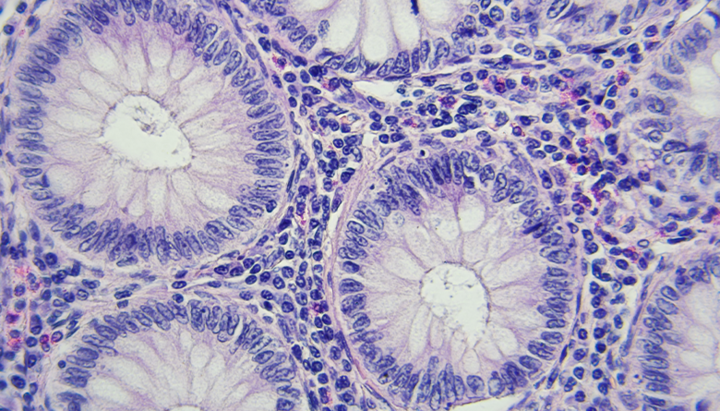By Dana Yamashita
When genes work properly, they divide into two identical cells, which then divide into four, and so on. In a healthy body, cells normally grow and divide to make more cells only when the body needs them, such as replacing aging or damaged cells.
Cancer cells, however, are different. They have gene mutations that have turned them from a normal cell into a cancer cell and they grow and divide out of control instead of dying when they should.
A team of engineers at Rensselaer Polytechnic Institute led by Kristen Mills, assistant professor of mechanical engineering, recently developed a lymphatic vessel model to study the growth of tumor emboli — collections of tumor cells within vessels that are associated with increased metastasis and tumor recurrence.
“The growth of tumor emboli is important for the spread and metastasis of certain types of cancers. For example, inflammatory breast cancer has this growth pattern of just massive spread of emboli growing within dermal lymphatic vessels, in the breast, and it’s very aggressive in that way,” said Mills.
Previous tumor models haven’t allowed researchers to study the mechanical interactions that happen within the physical boundaries of a tubular-shaped vessel, so Mills and her team modeled one using a small channel in a gel. They placed the channels in either stiff or soft bioinert gel to mimic the constraints tumor emboli may encounter in stiff, diseased tissue, or soft, healthy tissue.
They found the model of a stiff tumor environment constrained both types of tumor emboli to the cylindrical channel, causing rapid growth of the emboli along the vessel. But, they found that the growth of the cancer cells was different, based on their type, in the softer matrix model, which mimics healthy colon or breast tissue.
“We think this is important because it somehow suggests that, if the tumor tissue surrounding these vessels has been abnormally stiffened through disease, or if — for example — the breast tissue is already denser or stiffer, you might really see much more growth within the vessels than with a softer tissue,” said Mills, who is also a member of the Center for Biotechnology and Interdisciplinary Studies.
Jonathan Kulwatno, a graduate student in biomedical engineering, was first author on this paper, which was published in Integrative Biology. Mills and Kulwatno collaborated with researchers from Mount Sinai.




